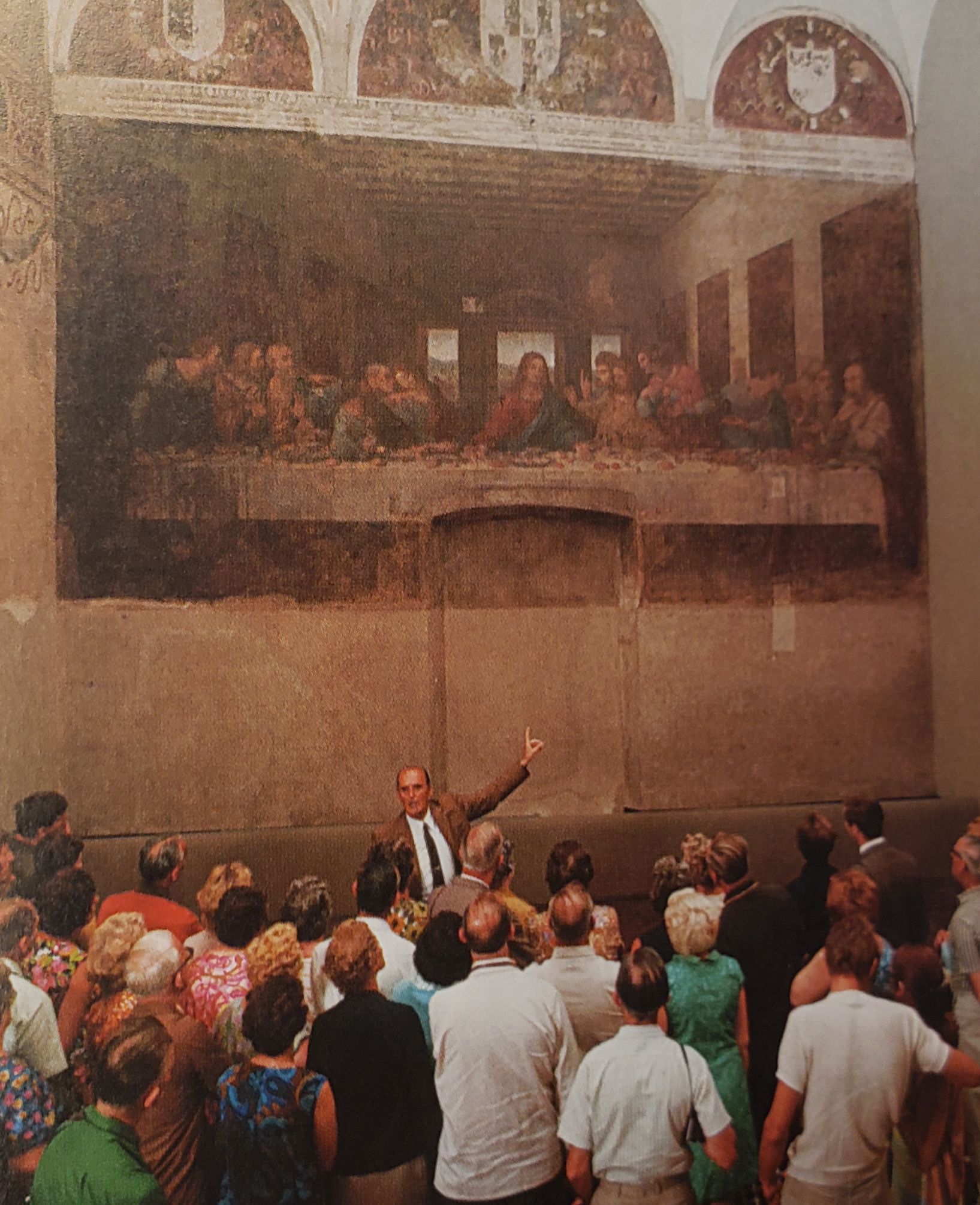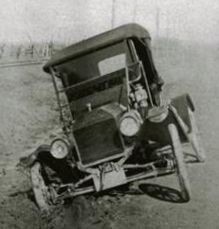Cupid before the KJV

John Bois (1560-1643) had not been married seven years, when he was invited to participate in the translation of the King James Bible.
This sixteenth century scholar was the only surviving child in his family, and thus he received great attention. His father was a pastor and young John read through the Bible when he was only five years old. His father also taught him Greek and Hebrew, and later young John walked four miles one way to attend grammar school in the city of Hadleigh. In grammar school he became best friends with another future KJV translator, John Overall.
On admittance to Cambridge at the age of 15, he became a favorite because of his advanced knowledge in Greek and Hebrew. For the next 21 years, his life was consumed with the routine of a scholar, often rising to read at 4:00 a.m. and remaining in studies until 8:00 p.m. During that time he rose in rank from student to ordained chaplain, becoming a Greek lecturer at the school.
The mature scholar John Bois had little time for social activities, and was known for his “book worm” way of life. The Lord brought companionship into his life in an unusual way.
Rev. Holt was an Anglican pastor of a parish a few miles from Cambridge. On his death, he left a strange will. The will stated that he would bequeath his ministry (church & parsonage) to 36 year-old John Bois in the event that the Cambridge scholar would marry his daughter.
History tells us that John Bois went over to the rural church to view the daughter and the parsonage, and both seemed acceptable. Rev. Bois was soon installed as pastor, and on February 7, 1598 he and Miss Holt were married. Their 40 year union brought forth seven children.
John Bois was considered one of the hardest working of all the translators, and helped in the work on two committees. (A.W. McClure. The Translators Revived. New York: Scribner, 1853. pp. 199-208)
Making Your Point with Paint

Along with the Mona Lisa, The Last Supper is one of Leonardo da Vinci’s greatest works. Many do not realize, but The Last Supper is not a regular size painting, but instead it is a wall mural painted at the far end of a high ceiling dining room (refectory). The size of the original painting is 29 ft. x 15 ft.
The Last Supper was commissioned by Ludovico Sforza, the Duke of Milan. He requested the picture be painted on a wall inside of a Roman Catholic Church & monastery in downtown Milan.
Work was begun by da Vinci on the painting about 1495. The master painter stood on scaffolding, but his commitment to the project seemed on and off.
Some days the great artist would spend hours brushing strokes without stopping to eat, and then on other days, nothing would be painted. Da Vinci might even arrive in the middle of the day, climb the scaffold, and paint two strokes before he departed. For those around him, the painter’s work habits seemed peculiar.
After two years, the monastery’s leader (Prior) began to complain of da Vinci’s slowness with the work.
“Men of lofty genius sometimes accomplish the most when they work least,” stated Leonardo da Vinci.
Concerning the complaints of the Prior, da Vinci stated that he had not yet painted the head of Judas Iscariot, but that he would use the image of the Prior if he persisted on continuing to hound him.
he Prior got the message and left Leonardo da Vinci to finish his masterpiece. (Isaacson,Walter. Leonardo da Vinci. New York: Simon & Schuster. 2017. p.279-281)
Stuck in the Mud

Dr. Louis Arnold (1914-2015), was a faithful Baptist preacher and evangelist from Kentucky. For those from Indiana, Dr. Arnold was like the B.M. Page of Kentucky. In 2014, I was privileged to hear this 100 year old Man of God. I took this photo of him, realizing that I may never again hear a centenarian preach. He brought a good message.
Dr. Louis Arnold was also a writer, and toward the close of his ministry, he wrote a biographical book called Great Preachers I Have Known. He listed 18 preachers, sharing many wonderful stories.
Dr. Arnold was friends with Dr. Bob Jones, Sr., and he revealed this interesting story.
In the early days, Evangelist Bob Jones, would hold city-wide meetings with conversions in the 100’s & even 1000’s. One time, in the Model T era, the preacher finished one meeting, and drove that night to start the next meeting the following night. As he drove down the muddy roads he asked the Lord to help him stay out of the ditch. Later, he ended up stuck in the ditch, and the preacher was upset. Seeing a farm house in the distance, he walked there to ask for help. The man invited Brother Jones to spend the night, replying that it would be easier in the morning to harness the mules and pull the car out. The preacher tramped back through the mud to the car to get his suitcase, still upset at God, as he returned to the house.

The next morning after breakfast, the evangelist noticed the man trying to dress his little daughters.
“Where’s your wife?” asked Dr. Bob Jones.
“I buried her yesterday,” The man replied sadly.
“I’m sorry. Was your wife saved?” asked the preacher.
“Yes she was. She was the best Christian that I have ever known,” answered the husband.
“If you are saved, you will meet her in heaven,” said Dr. Bob. “Are you saved?”
“No,” said the man, “I’m not, but I would like to be.”
That morning the preacher led that widower to Christ, and they rejoiced together.
Later when Dr. Bob Jones was pulled out of the ditch and he was on his way, the evangelist knew why God had let him get stuck in the mud. (p. 76-78)
We sometimes have strange troubles that come into our life, and there seems to be no rhyme, reason, or heavenly benefit from that trial.
As Christians, we need to keep our eyes open, and watch to see what the Lord is doing (Romans 8:28). And we know that all things work together for good to them that love God, to them who are the called according to his purpose.



